In the news
Please follow this space for updates on features of our work in news and media outlets.
Also, if you have seen any news feature about the Global Healthy and Sustainable City-Indicators Collaborative, the Global Observatory for Healthy and Sustainable Cities, or the 2022 Lancet Global Health Series on Urban Design, Transport and Health, please send it to us to info@healthysustainablecities.org and we will make sure to feature it in this section.

Healthy By Design: Transforming Urban Spaced for Health With Dr. James Sallis
Featured in Healthy Neighborhoods, Healthy Nation Podcasts, Jan 01, 2024.

From Down Under to Around te Globe: A Vision for Healthier Cities with Melanie Low
Featured in Healthy Neighborhoods, Healthy Nation Podcasts, Feb 12, 2024.

Around the world, cities are falling short on health and sustainability goals
Feature in Brookings, Nov 16, 2022
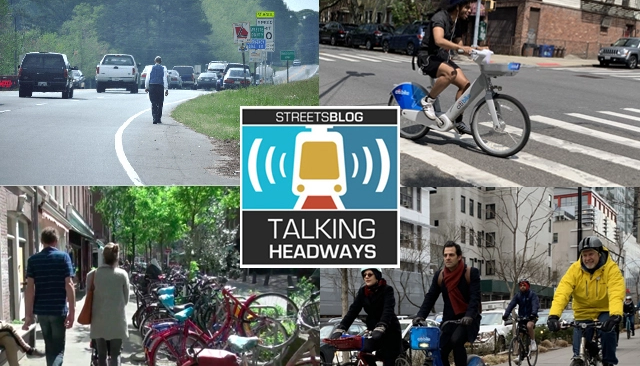
Talking Headways Podcast: How Walkable Cities Foster Public Health
Feature in Streets Blog USA, Sep 22, 2022
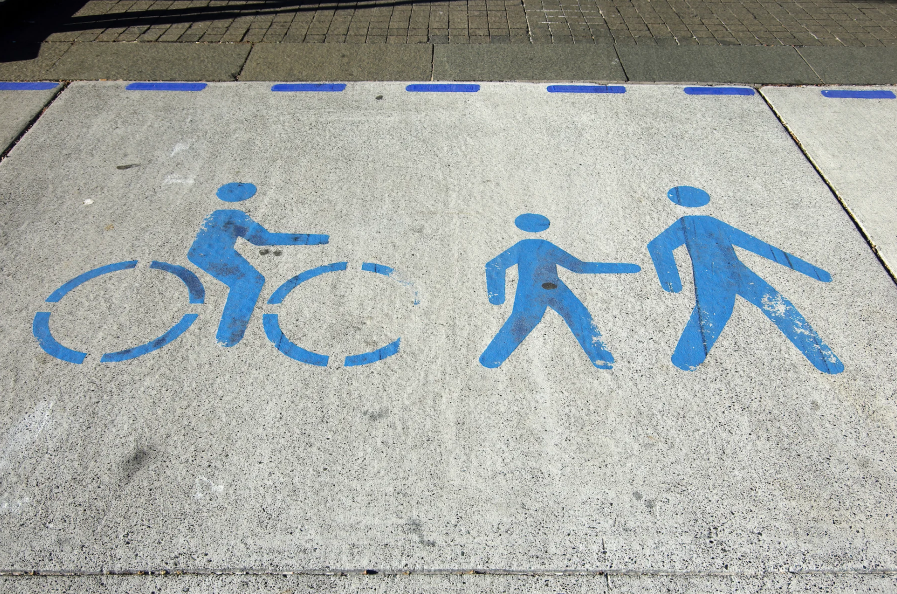
Australian cities failing on walkability
Feature in Pursuit, July 5, 2022
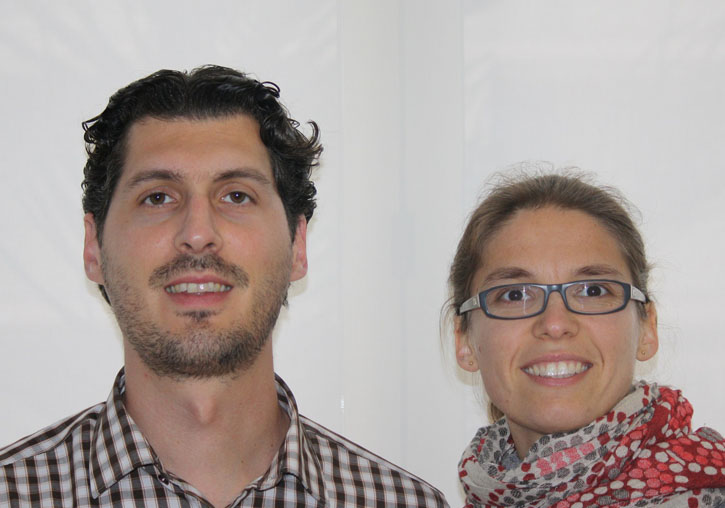
La revista The Lancet puntúa a València como una de las mejores ciudades del mundo en apoyo a la salud y sostenibilidad
Feature in University of Valencia, May 14, 2022
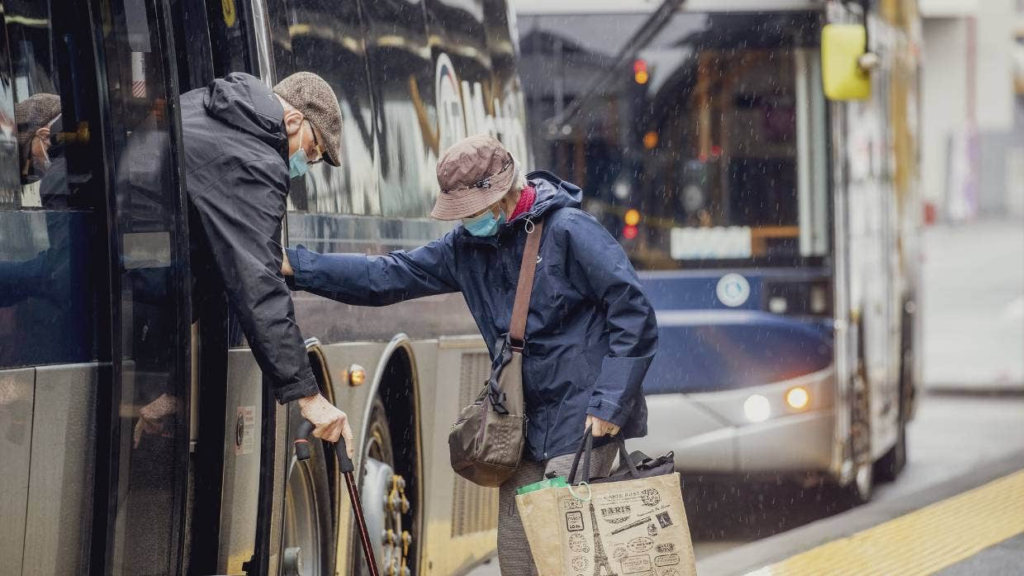
Auckland lacking health-focused public transport policy – study
Feature in Stuff, May 13, 2022
Odense fremæves i anerkendt tidsskrift
(from minute 8:53)
Feature in TV2 FYN, May 12, 2022
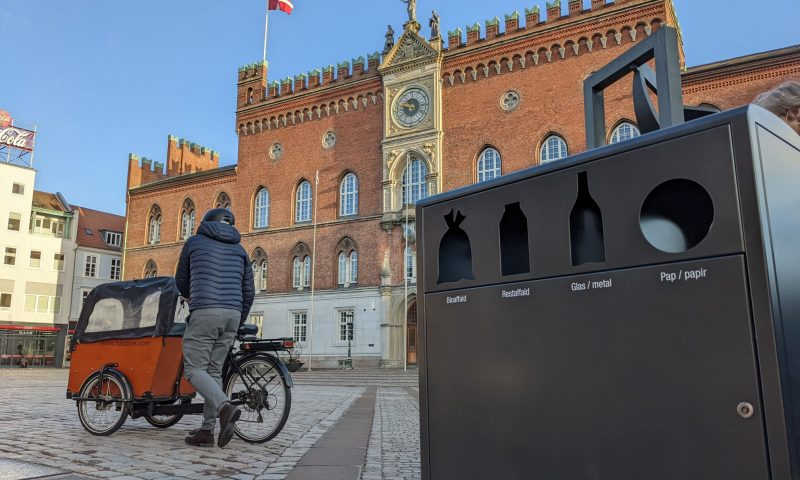
Helt vildt: Odense er blandt verdens sundeste og mest bæredygtige byer
Feature in Migogodense, May 12, 2022

Dansk by får stor ros i internationalt tidsskrift
Feature in B.T. Nyheder, May 12, 2022

The Lancet: Odense er i verdenseliten som sund og bæredygtig by
Feature in Avisen and Local Eyes, May 12, 2022

Odense fremhæves i internationalt tidsskrift
Feature in TV2 FYN, May 12, 2022

Research finds Aussie cities fail to meet health and sustainability thresholds
Feature in Goverment News Australia, May 12, 2022

Feature in College of Design of NC State College, May 12, 2022
Feature in TheLancet.com, May 12, 2022
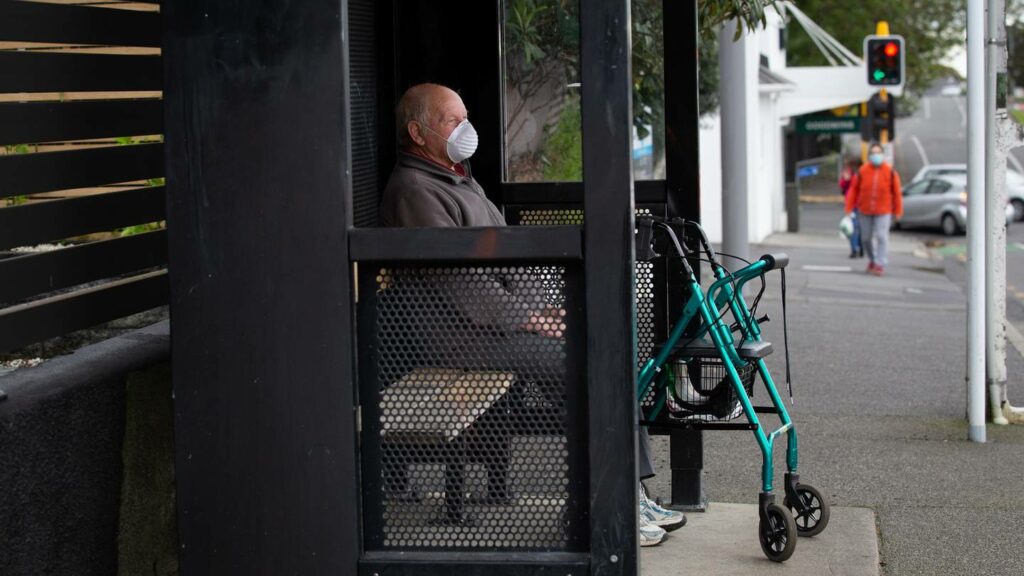
Transport survey: Aucklanders waiting too long for buses, research finds
Feature in Nzherald.co.nz, May 12, 2022
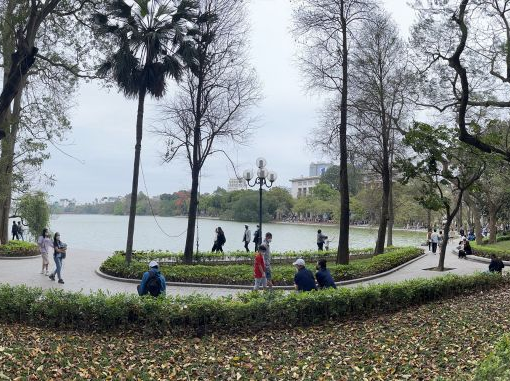
Building a global system to measure sustainable cities
Feature in University of Melbourne, May 11, 2022
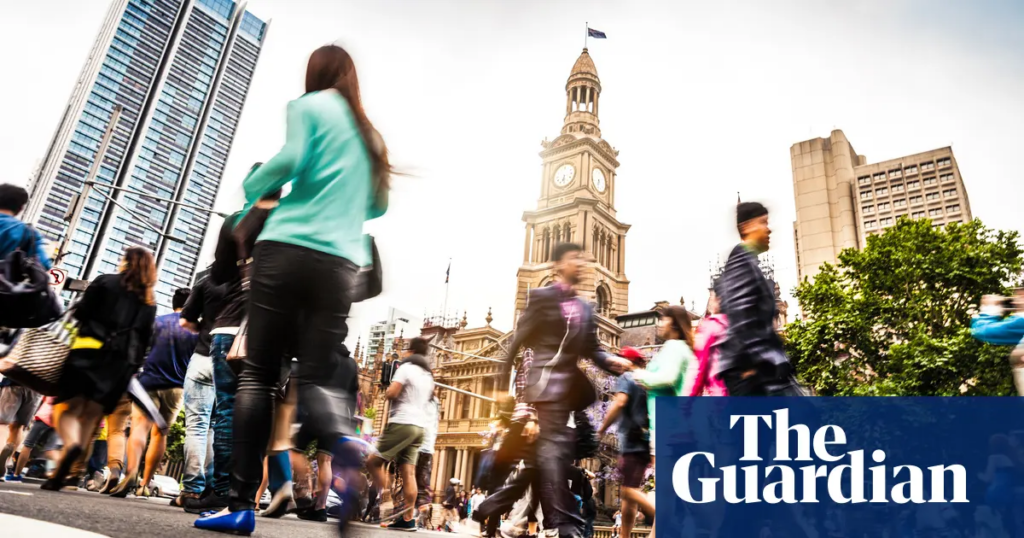
Feature in The Guardian, May 11, 2022

Feature in the Brown School’s website of Washington University in St. Louis, May 11, 2022

Feature in Tasmanian Times, May 11, 2022
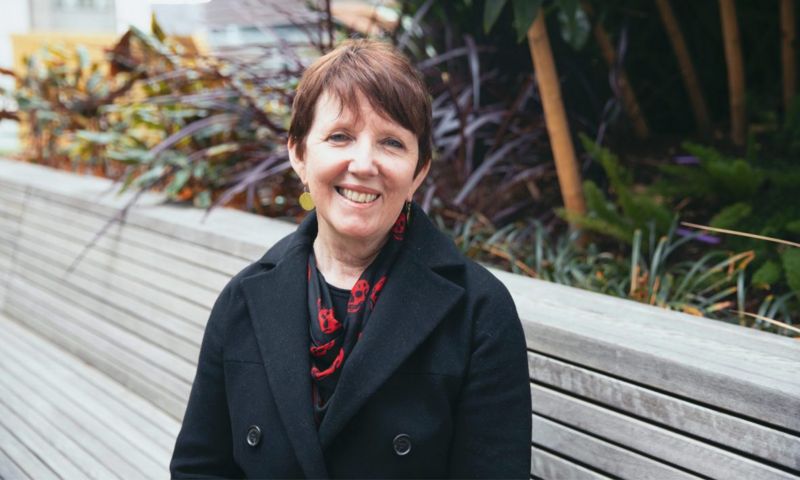
Feature in Mirage, May 11, 2022
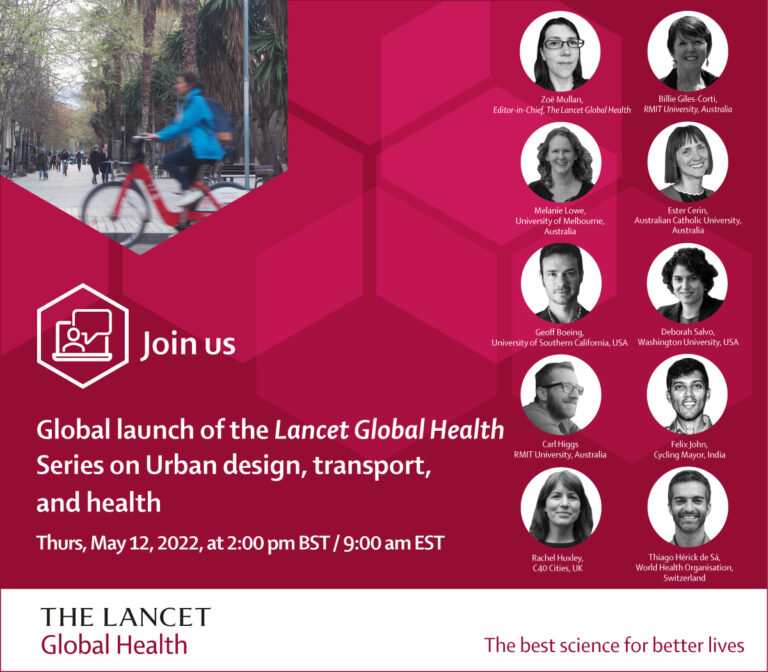
Feature in Universidad do Sao Paulo, May 11, 2022

Feature in Phys.org, May 11, 2022
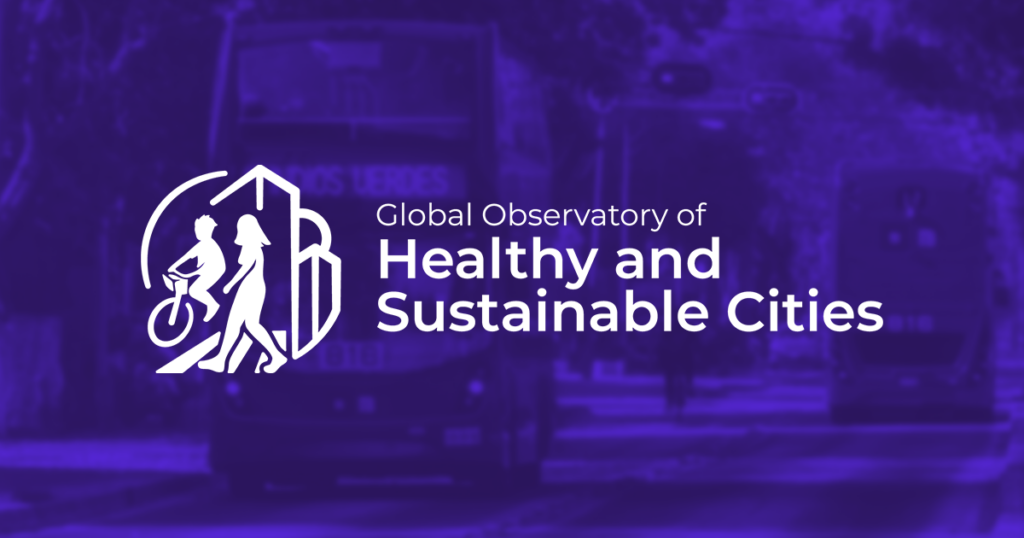
Feature in Noticias del Mundo, May 11, 2022
















